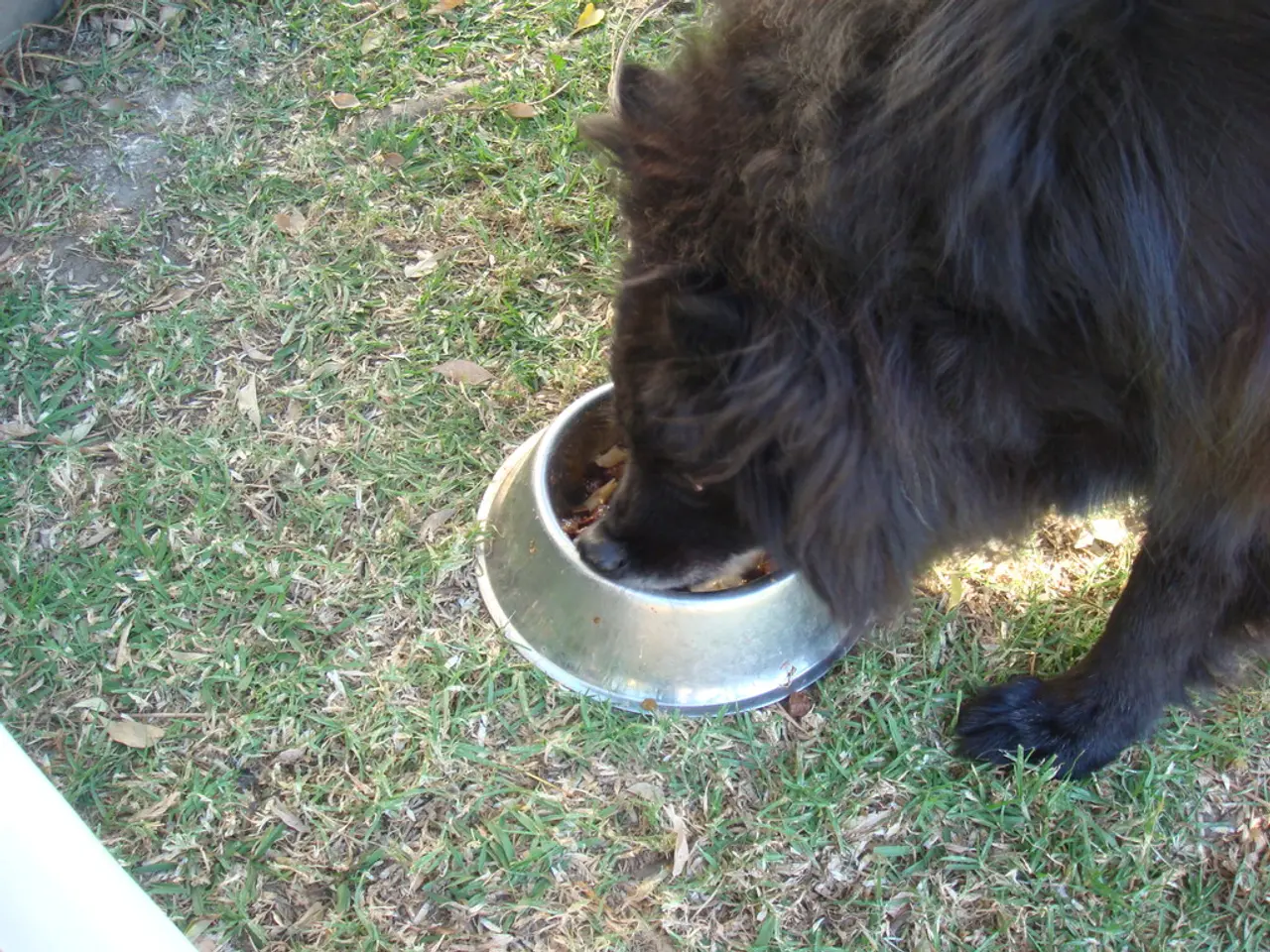Burrowing Rodents' Subterranean Metropolises: Prairie Dogs and Their Beneath-the-Surface Cities
Prairie Dogs: Vital Keystone Species and Ecosystem Engineers
Prairie dogs, small burrowing rodents native to North America, play a crucial role in shaping the prairie ecosystem. Living in close-knit family groups called coteries, these creatures are renowned for their extraordinary engineering skills, social bonds, and impact on the environment.
Prairie dogs are significant as ecosystem engineers and keystone species. Their primary means of modifying their habitat is through burrowing, which aerates the soil and improves nutrient cycling. By digging intricate burrow systems, or "towns," spanning hundreds of acres, they introduce nutrients into the soil, enhancing soil quality and promoting plant growth. Furthermore, while foraging, prairie dogs clip grasses, influencing plant community structure and composition, and fostering a diverse and healthy prairie landscape [1][2].
As keystone species, prairie dogs play a critical role in maintaining the prairie ecosystem's balance. Their burrows provide shelter and habitat for over 150 other animal species, including burrowing owls, snakes, and insects. Prairie dogs are a key prey species for a variety of predators, linking food webs and supporting species diversity [4][1].
The burrow systems, often referred to as "towns," are not random holes; they are intricate networks with designated rooms for sleeping, nurseries for pups, and emergency exits for escaping predators. Each tunnel is carefully crafted, sometimes descending up to ten feet below the surface, with multiple chambers connected by winding corridors. Social vigilance and the design of their towns provide effective defenses against predators, showcasing their adaptability [3].
Prairie dogs are strict herbivores, with their diet consisting mainly of grasses, roots, seeds, and occasional wildflowers. Their foraging habits help maintain the health of the prairie, preventing any one plant species from dominating and encouraging biodiversity. However, disease, particularly sylvatic plague, poses a significant threat to prairie dog colonies [5].
Modern prairie dogs face challenges from urban development, agriculture, and eradication campaigns, which have reduced their numbers and fragmented their habitats. Once numbering in the hundreds of millions, prairie dogs now occupy less than 2% of their historic range. Conservationists are working to protect remaining prairie dog colonies and raise awareness about their importance [6].
Citizen science projects and educational programs are helping to monitor, protect, and foster respect for prairie dogs. With their high-pitched chirps and barks, prairie dogs possess one of the most complex languages ever discovered in animals, with their vocalizations conveying specific information about predators. Through this sophisticated communication system, they warn each other of impending dangers [7].
Despite the challenges they face, prairie dogs continue to be vital to the prairie ecosystem. Without them, the landscape would be less diverse and less vibrant, highlighting their essential role in maintaining ecological balance.
- The collaboration of various species, including insects and burrowing owls, benefits greatly from the intricate burrow systems created by prairie dogs in their habitats.
- Integrating prairie dogs into our lifestyle or home-and-garden spaces, through gardening and conservation efforts, could have potential positive effects on the biodiversity within those areas.
- As critical components of the prairie ecosystem, prairie dogs contribute to environmental conservation by fostering a diverse and healthy prairie landscape through their modification of the soil and plant growth patterns.
- With More awareness about the importance of prairie dogs in maintaining ecosystem balance, space can be set aside for their conservation, enhancing the biodiversity and overall health of our planet.





